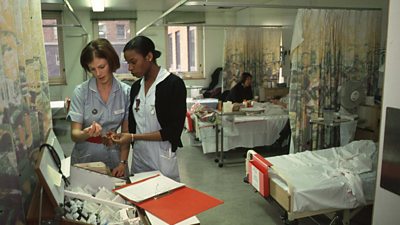What Can Go Wrong?
- Obstruction of hospital staff and routes
- Contraction of an infection or contamination by biological/chemical materials
- Introduction or spread of infection
- Illness due to overexposure to ionising radiation
- Accidental needle stick injury
- Psychological trauma due to storyline or environment
- Broadcast kit could interfere with medical equipment (eg MRI Scanners).
- Medical equipment might interfere with our technical or broadcasting equipment.
Legal/����ý Requirements
- There are no specific legal requirements to draw to your attention.
Control Measures
General Controls
- Ask medical staff ask about rules or local procedures and communicate to all crew.
- Familiarise yourself with the layout (consider fire exits, trolleys, beds, etc).
- Remember that there are often fast moving staff in a hospital, particularly when emergency situations arise.
- Risk assess your activity to ensure that it won’t compromise the safety of staff, patients, or crew.
- Ensure that staff/ crew who are pregnant/ breast feeding have appropriately heightened precautions in clinical/ specialist areas.
- Obtain authorisation before connecting /plugging in any technical equipment.
- Ensure you don’t unplug any hospital equipment and carry out a visual check of any power sockets before using.
- Make sure that all cables are managed effectively and monitored.
- Obtain authorisation before using any radio cameras and mobile phones.
- Ensure you don’t enter any sensitive areas without authorisation & supervision.
- Ensure all instructions provided by the hospital or lab regarding hygiene, clothing requirements, hand gel, etc are followed. Wash hands when entering and leaving clinical areas.
- Pay particular attention to make sure that staff wear any appropriate radiation shielding uniform as advised by the medical team to protect from ionising radiation
- Don’t enter the premises if feeling unwell or within 72 hours of sickness or diarrhoea.
- Don’t sit on hospital beds unless given permission by hospital staff.
- Avoid touching any chemicals or biological cultures.
- Take further advice if working in areas with poor medical infrastructure
- Be aware of potential risks from hospital equipment such as X-Ray, MRI Scanners, lasers & take advice from specialists in the area
- If you get a needle stick injury tell clinical staff and follow their guidance. If this is not available quickly wash area and clean wound with antiseptic. Contact ����ý Occupational Health and report accident to your line manager.
- Discuss the details of the story before deploying staff to medical facilities
- Monitor the production team for emotional trauma during and after the recording period and inform them about the ����ý support systems. Such as the ����ý Employee Assistance Programme and the Trauma Support Network. ����ý Wellbeing pages linked below.
Recommended links
Premises and sets topics
-

Sets & Premises safety guide
This Safety Guide collates those of our Safety Guidelines relating to construction activities (on sets or other structures, including under 'CDM') and to the occupation / use of building premises (studios or locations). -
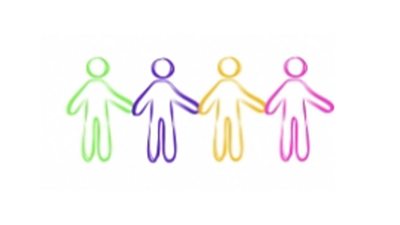 This site is for ����ý Employees or potential future employees only. If you are not a ����ý employee or looking for further information regarding ����ý Access Services then please click on another page from the menu above, where you can find out more about Remploy.
This site is for ����ý Employees or potential future employees only. If you are not a ����ý employee or looking for further information regarding ����ý Access Services then please click on another page from the menu above, where you can find out more about Remploy. -
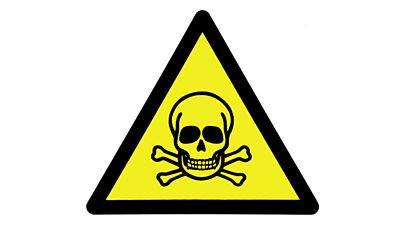
Asbestos Management on ����ý premises
This is a summary of the way that asbestos is managed in ����ý Buildings. It supplements the information about managing asbestos on productions. -
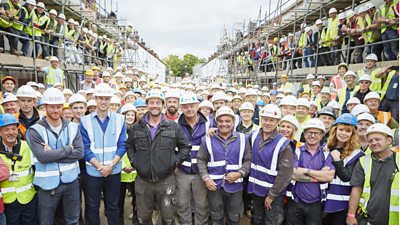
CDM Overview
Legislation to ensure the safe design and construction of structures was updated in April 2015, namely the Construction (Design and Management) Regulations 2015 (CDM 2015) -

CDM 2015 - The ����ý Approach
Guidance on the practical application of the Construction (Design and Management) Regulations 2015 across the ����ý -
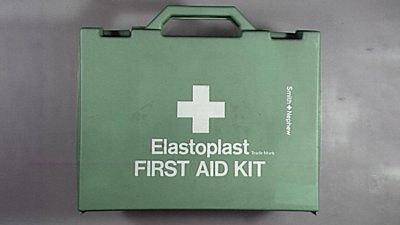
First Aid in ����ý Premises
This page describes how first aid is arranged in ����ý premises. It supplements the guidance to first aid on productions. It is aimed at people who need to decide what provision to make for first aid on ����ý premises. It also provides the arrangements and numbers for contacting ambulances and the National Central Control Room (NCCR). -
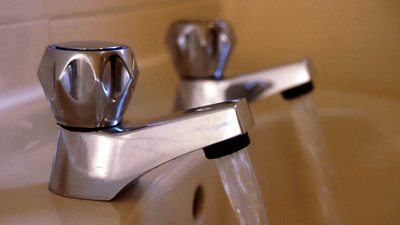
Legionella in Premises: Control of
This guidance provides an overview of how water systems are managed in premises to minimise the risks from the Legionella bacteria. -
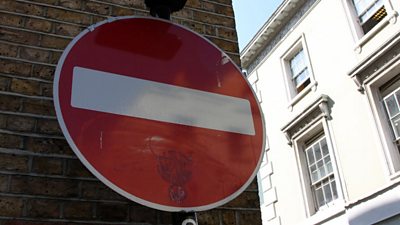
Permit to Work in ����ý Buildings (Restricted Work)
Some work in ����ý buildings is restricted and you have to get permission, called a Permit To Work (PtW) to do it. -
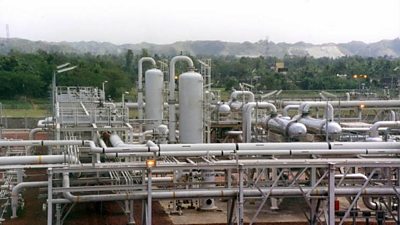
Pressure Systems
A guide to pressure systems in buildings. Pressure Systems include all plant/systems that contain a ‘relevant fluid’, defined as steam or gas under pressure and liquids under pressure which become gases upon release to the atmosphere, at a pressure greater than 0.5 bar (about 7psi) above atmospheric (except for steam). Around the ����ý there are heating, fuel transfer, compressed gas and hydraulic systems used in program production, studios (e.g. Camera Peds), office and maintenance facilities. -
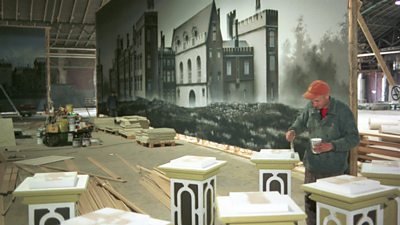
Sets: Safety of
This Safety Guideline is concerned with the construction and use of production sets and associated scenery used in studios and on locations.
Disease-specific topics
-
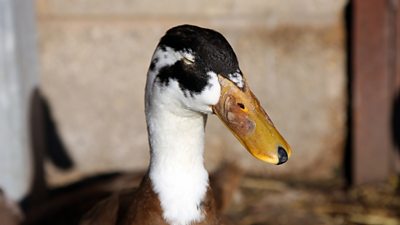
Bird Flu
Advice for staff covering the outbreak of avian 'flu in Yorkshire in 2014 -

Living with Coronavirus (Covid-19) – advice for staff
Advice for staff about travel and/or interviewing guests -
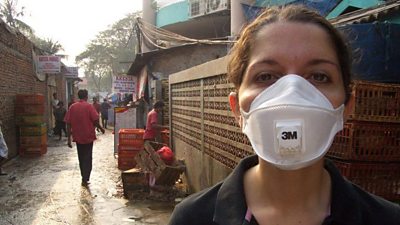
Disease and Contact with Viruses and Bacteria
A guide for anyone deployed to areas where there is risk from infectious disease from human, animal, insect or parasite sources, including zoonoses. These controls can also apply to harmful bacteria found in incidents such as sewage spills. -

Ebola Virus Disease (EVD)
Ebola is a contagious and often fatal illness which has had periodic outbreaks in the DRC and Sudan. -

Influenza ('Flu)
A guide to influenza, or 'flu', for individuals seeking general advice or during an epidemic or pandemic situation. -

MERS: Middle East Respiratory Syndrome
This is a virus that is new to humans and was first identified in Saudi Arabia in 2012. -
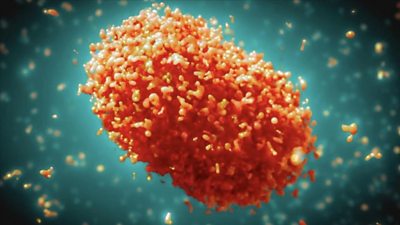
Mpox (monkeypox)
Requirements to be met for Mpox (2024) outbreak coverage and/or travelling to work in areas where there are high reported cases of Mpox. -
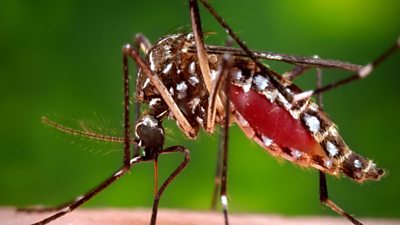
Zika Viral Disease
Zika Viral Disease is a mosquito-borne disease caused by the Zika virus. In 2015, the World Health Organisation declared it a global public health emergency.
More from SSR
-
Your platform to record accidents, risk assessments, assurance monitoring and inspections
-
Safety Equipment Stores
Just one number to call: 020 3614 5155 -
����ý Safety Guidelines
An A-Z of ����ý's Health and Safety Guidelines -
Safety Advice Line: 0370 411 0464 Email: safety@bbc.co.uk
Events guidance - key links:
- Exhibitions
- General Guidance
- Indoor Location Recce Checklist
- Outdoor Location Recce Checklist
- Major Incidents & Emergency Planning
- Marketing and Promotional
- Noise Exposure
- Planning and Management
- Responsibilities
- Responsibilities Form
- Laser Lighting Effects
- Strobe Lighting
- Temporary Stages and Rostra
Health topics - key links:
- (����ý network only)
- Contributors Fitness to Participate
- Display Screen Equipment (DSE)
- (����ý network only)
- First Aid and Welfare on Location
- International Travel - Risks & Health
- Manual Handling
- Mental Health: Homepage
- (����ý network only)
- Personal Health and Wellbeing
- Pregnancy
- Psychological Trauma Support & Trauma Risk Management (TRiM)
- Tiredness and Fatigue
- Travel Health Contacts
����ý High Risk - key links:
- CBRN and Industrial Spills
- Covert Filming
- Crisis Management and Security Support
- Demonstrations, Protests and Crowds
- Disaster Coverage
- Door Stepping
- (����ý network only)
- (����ý network only)
- Public Order
- Safety Equipment Stores
����ý Journalism - key links:
����ý Productions - key links:
- Aerial Filming and Airfields
- Animals: Displaying and handling for performance
- Boats: Working on
- Children and Young People
- Driving
- Electrical Equipment and Systems
- First Aid and Welfare on Location
- Food Safety (Cooking and Catering)
- Remote Location Working
- Roads and Streets: Working by
- Security of Productions on Location
- Stunts
- Tiredness and Fatigue
- Unmanned Aerial Systems (UAS aka Drones)
- Vehicles: Recording in, from and around
- Working at Height: Mobile Elevating Work Platforms
- Working at Height: Tower Scaffolds
����ý Radio - key links:
- (����ý Network only)
����ý Security - key links:
����ý Sport - key links:
About this site
This site describes what the ����ý does in relation to managing its health, safety and security risks and is intended for those who work directly for the ����ý.
It is not intended to provide instruction or guidance on how third parties should manage their risks. The ����ý cannot be held liable for how this information is interpreted or used by third parties, nor provide any assurance that adopting it would provide any measure of legal compliance. More information
Some links on this site are only accessible when connected to the ����ý network
